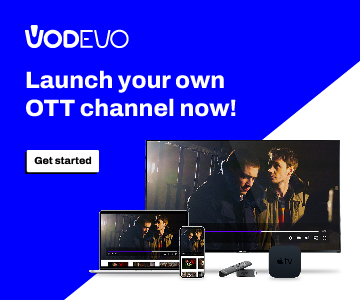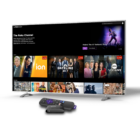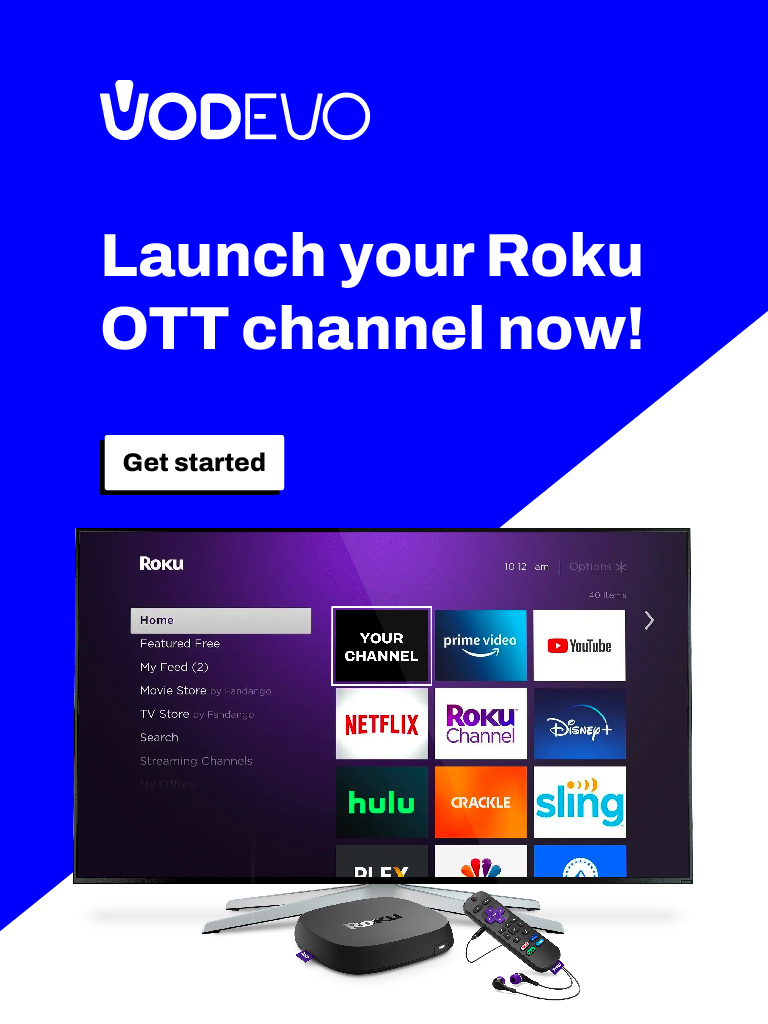Quando guardi video online, stai sfruttando la tecnologia dello streaming video, un sistema che trasmette contenuti video in tempo reale man mano che vengono registrati.
Lo streaming live è diventato la risposta digitale alle tradizionali trasmissioni televisive in diretta, comunemente utilizzate per la copertura di notizie ed eventi sportivi. A differenza della TV tradizionale, lo streaming live è più accessibile e adattabile, rendendolo un'opzione valida per le aziende che desiderano coinvolgere il pubblico.
Perché lo Streaming Live È Importante per il Tuo Business
I contenuti in diretta catturano l'attenzione degli spettatori fino a 20 volte più a lungo rispetto ai video on-demand, aiutando le aziende a creare connessioni più profonde con il loro pubblico. Data la sua versatilità in diversi settori, integrare lo streaming live nella strategia aziendale è una scelta intelligente.
I componenti importanti dello streaming live
Live streaming implica la trasmissione di contenuti audio e video agli spettatori in tempo reale. Le applicazioni spaziano da programmi televisivi ed eventi sportivi a video live sui social media e streaming di videogiochi. Questa tecnologia facilita la comunicazione immediata, migliorando il coinvolgimento del pubblico durante gli eventi.
By the end, you’ll have a clear understanding of how live video broadcasting works and the tools needed to create engaging live content for your business.
Per trasmettere eventi live, è necessario utilizzare le seguenti apparecchiature:
- Encoder video
- Video transcoder
- Content Delivery Network (CDN)
- Lettore video HTML5
How Online Content Delivery Works

Game developer sitting in creative agency office workspace while designing game level. Electronic arts company employee working on 3D project while modeling environment.
La distribuzione di contenuti online utilizza protocolli di streaming per garantire un processo fluido, dalla creazione dei contenuti alla loro riproduzione da parte degli spettatori. Il flusso di lavoro comprende in genere la cattura, la codifica, la trasmissione e la distribuzione dei contenuti in modo efficiente, mirando a ridurre al minimo la latenza, ovvero il divario tra la registrazione e la visione della trasmissione da parte degli utenti. Ecco una suddivisione del processo:
- Acquisizione contenuti
I dati acquisiti vengono compressi e codificati in un formato digitale ottimizzato per lo streaming. - Compressione e codifica
I dati acquisiti vengono compressi e codificati in un formato digitale ottimizzato per lo streaming. - Transcodifica
Se necessario, un transcoder adatta il contenuto a diversi bitrate e risoluzioni per soddisfare le esigenze di vari dispositivi degli spettatori e diverse velocità di connessione Internet. - Distribuzione tramite CDN
Il contenuto codificato viene inviato a una Content Delivery Network (CDN), che memorizza segmenti per prevenire colli di bottiglia nei dati e ottimizza la larghezza di banda dello streaming. La CDN distribuisce quindi il flusso agli spettatori. - Produzione
Gli spettatori accedono al flusso tramite un lettore multimediale sul loro dispositivo, solitamente un lettore video HTML5, che decomprime e decodifica i dati trasformandoli nuovamente in formati video e audio.
Applicazioni tecnologiche del live streaming

Lo streaming live porta benefici a diversi settori, rendendo gli eventi accessibili a un pubblico più ampio. Consente la partecipazione a eventi, fiere ed esperienze anche quando i partecipanti non possono essere fisicamente presenti.
Principali applicazioni
- Coinvolgimento aziendale Lo streaming di eventi dal vivo favorisce l'interazione in tempo reale sulle piattaforme social, migliorando la connessione con il pubblico e il coinvolgimento con il marchio.
- Partecipazione remota Le organizzazioni trasmettono eventi per raggiungere un pubblico globale, superando le limitazioni geografiche.
- Infinite possibilità le applicazioni dello streaming video live sono illimitate, spaziando da annunci aziendali e webinar educativi a concerti dal vivo e lanci di prodotti.
Lo streaming live è uno strumento potente per le organizzazioni che desiderano ampliare il proprio raggio d'azione e interagire con il pubblico in tempo reale.








